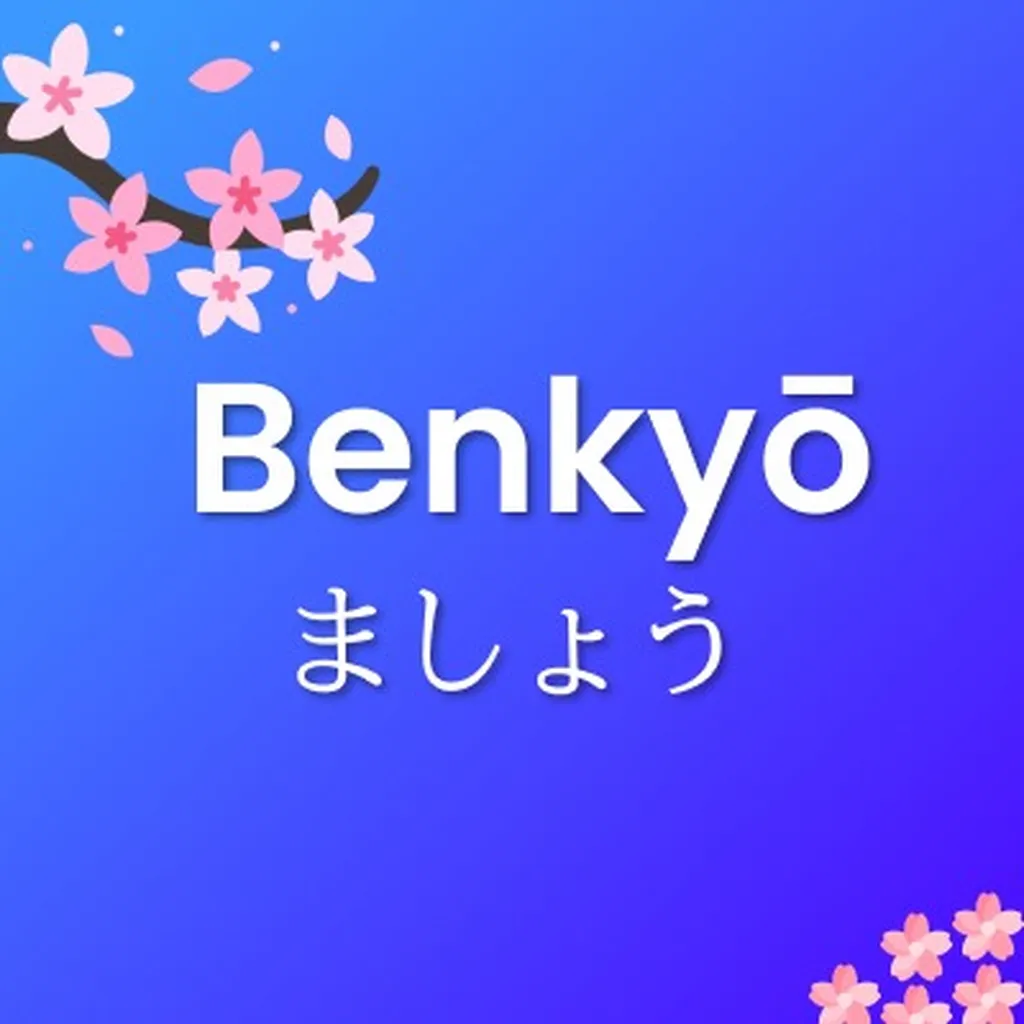にぎやか
にぎやか
bustling, busy
na-adjective
Conjugation Table
Present
にぎやかだ
Negative
にぎやかじゃない
Past
にぎやかだった
Past Negative
にぎやかじゃなかった
Te Form
にぎやかで
Adverbial
にぎやかに
Conditional
にぎやかなら
Presumptive
にぎやかでしょう
Example Sentences
この通りはにぎやかです。
This street is busy.
Kono toori wa nigiyaka desu.
昨日のパーティーはにぎやかでした。
Yesterday's party was lively.
Kinou no paatii wa nigiyaka deshita.
市場はにぎやかではありません。
The market is not busy.
Ichiba wa nigiyaka de wa arimasen.
Grammar Notes & Usage Tips
•Understanding Na-Adjectives**: Unlike i-adjectives, にぎやか is a na-adjective, which means it requires the particle な when directly modifying a noun, as in にぎやかなまち (a bustling town).
•Conjugation Cues**: To say something "was bustling," use the past tense form にぎやかでした. Remember, na-adjectives conjugate similarly to nouns with です, so keep an eye on the ending!
•Describing with が**: When you're describing a noun with a na-adjective predicate, use the particle が, like in まちがにぎやかです (The town is bustling).
•Negative Forms**: To express the negative, use にぎやかではありません or the more casual にぎやかじゃないです, both of which mean "is not bustling."
•な-adjective: Uses な before nouns, conjugates like a noun
